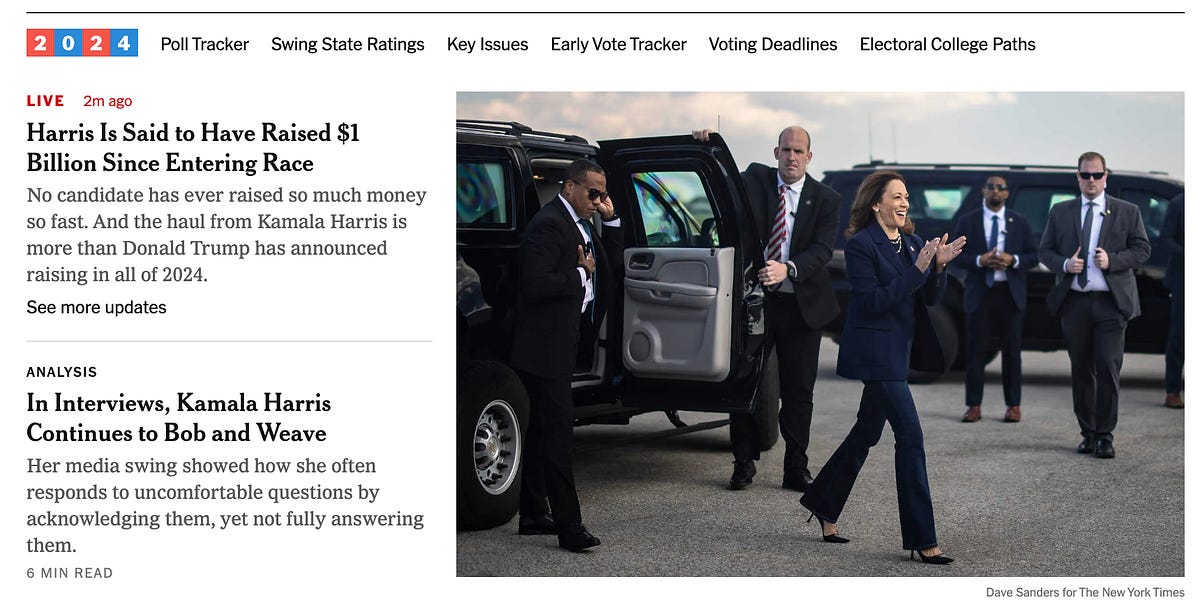The social media landscape has grown increasingly fragmented. Designers and marketers face an intimidating task today, managing assets across numerous social media platforms. Each platform demands distinct asset sizes, formats and messages targeting different user personas. This phenomenon has burdened marketing teams with an enormous workload, often leaving them overwhelmed by asset preparation alone. William Gadsby Peet, Co-Founder & Chief Strategy Officer at Literal Humans, a prominent content and social media marketing agency based in the UK, discusses the escalating challenges of asset management in the age of TikTok, Instagram, Pinterest, Facebook and Google.
“Honestly, it can feel like a never ending struggle sometimes! When our team comes up with a great idea for a fun visually-led 1:1 carousel on Instagram, we immediately need to think about a design variation for the text-centric and corporate world of LinkedIn, then it’s a 2:3 variation for the multimedia realm of Pinterest, a 9:16 variation suitable for the older demographic of Facebook stories, another focused at millennials on IG stories, not to mention a short form video version for the Gen Z stronghold of TikTok, PLUS YouTube Shorts and IG Reels versions to get the most out of that vertical video content,” shared Gadsby Peet.
The nuances between all those platforms and formats range from small ratio tweaks to total redesigns, so it’s a lot of work for our design and distribution teams to ensure everything is on point and organized, and staying on top of version control for 10 different design assets at a time is always an unmitigated nightmare,” Gadsby Peet added.
Various sizes and formats, encompassing videos, short-form and long-form content, images, photos, Gen-Z styles and influencer content, swiftly accumulate, resulting in thousands of assets. A single concept can spawn assets tailored for each of the five major platforms, culminating in 10 to 20 individual assets. Considering that smaller marketing teams often run 10 to 20 ideas concurrently, this translates into a staggering 400 assets to manage simultaneously. The burden of handling this extensive library of assets leaves marketers with little time to focus on the quality of their ads.
Jessica Ko, the co-founder and CEO of Playbook.com, has also served as the head of the brand at Opendoor, a company with a workforce of 2,000 people that specializes in buying and selling residential real estate. Jessica and her team personally experienced the challenges of asset management.
“At one point, our team was dealing with hundreds of assets per campaign. Our team was exhausted, and our marketers struggled to keep up. This was all before TikTok and Shorts entered the scene.” She subsequently left Opendoor to establish Playbook.com, a platform that democratizes Digital Asset Management (DAM). Playbook.com represents a flexible DAM alternative accessible to both small and mid-sized businesses and enterprises in need of more adaptable solutions when collaborating with external freelancers.
Since its official launch in March 2022, Playbook.com, a considerably more efficient alternative to traditional DAM systems, has experienced rapid growth, amassing a user base of 600,000 marketers and designers. By simplifying asset management, Playbook.com has introduced an entirely new approach to how marketers handle their assets and files.
“What today’s marketers desire are efficient solutions: fast search and retrieval of old assets, multi-player collaboration features — without unnecessary frills and rigid annual contracts that make adoption difficult,” Ko affirmed.
























































![Key Metrics for Social Media Marketing [Infographic] Key Metrics for Social Media Marketing [Infographic]](https://www.socialmediatoday.com/imgproxy/nP1lliSbrTbUmhFV6RdAz9qJZFvsstq3IG6orLUMMls/g:ce/rs:fit:770:435/bG9jYWw6Ly8vZGl2ZWltYWdlL3NvY2lhbF9tZWRpYV9yb2lfaW5vZ3JhcGhpYzIucG5n.webp)
















